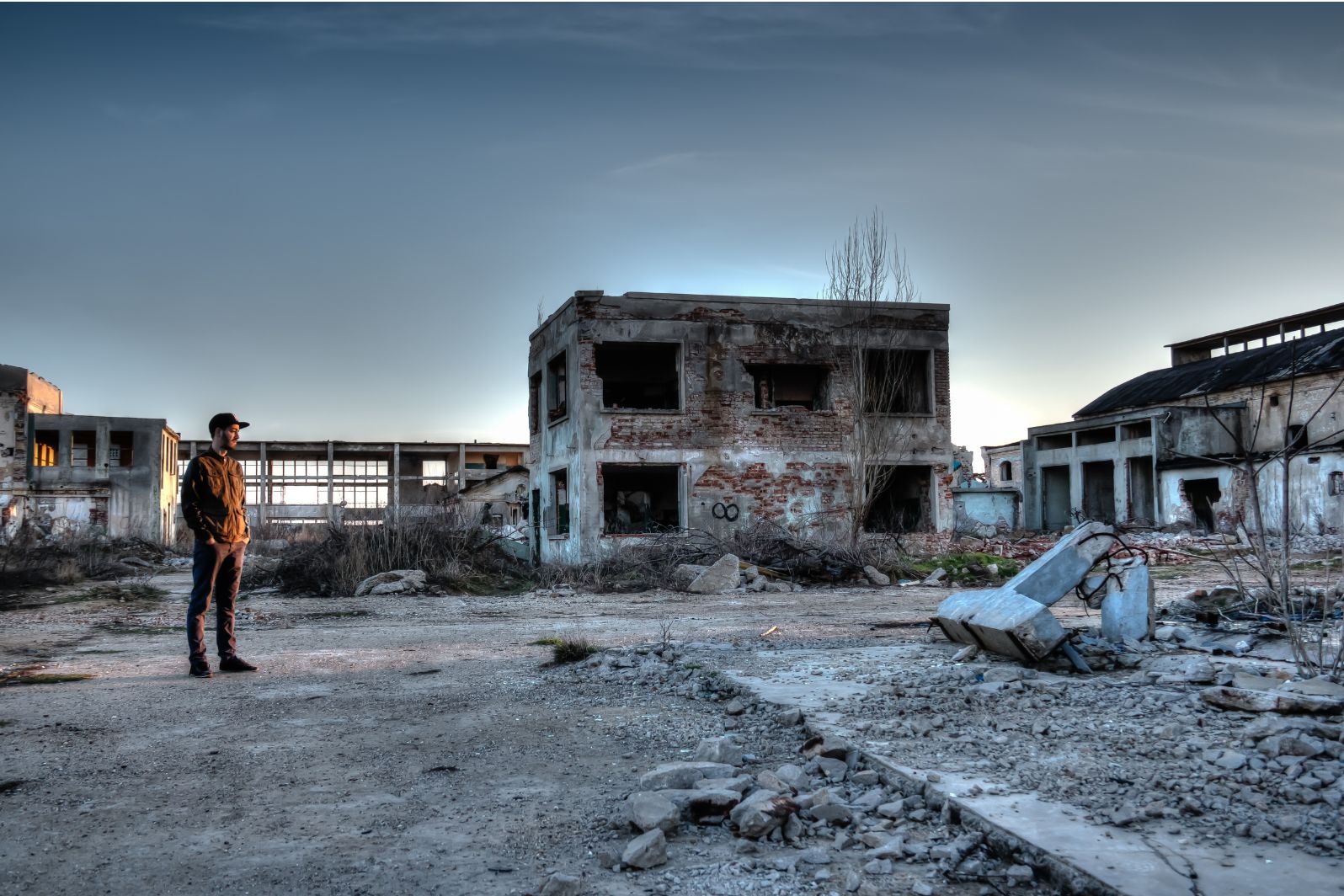When disaster strikes, your home can be damaged, leaving you feeling lost. It’s hard to know what to do first, but there are clear steps for home restorations. Don’t worry; with the right plan, you can bring your home back to safety and comfort.
Taking quick action is important for peace of mind. Knowing the steps for home restorations helps you feel in control. Let’s explore these essential steps that will guide you in restoring your home and making it a safe space once again.
Table of Contents
Assessing the Damage: A Comprehensive Overview
After a catastrophe, the first step is assessing the damage. Walk through your home and note any visible damage. Look for signs of water, structural issues, or hazardous materials.
Check each room carefully, including basements and attics. Take your time to ensure nothing is overlooked. This overview will guide you in taking the right steps towards restoration.
Make a detailed list of all damages. Include notes on the severity of each issue. This will be useful later for insurance claims and professional contractors.
Prioritizing Safety: Ensuring Your Home is Secure
Your safety is the top priority after a disaster. Ensure there are no gas leaks or electrical hazards. Evacuate the home if necessary until these risks are assessed and resolved.
Secure any areas that may collapse or are unstable. Use boards or tape to cover broken windows and doors. Also, make sure to keep children and pets away from dangerous areas.
Once you ensure your safety, you can start planning your next steps. Always check in with family or neighbors too. They may have valuable information that can help.
Documenting the Incident: Taking Photos and Notes
Documentation is crucial after a disaster. Take clear photos of any damage throughout your home. This provides evidence for your insurance claim.
Notes are equally important. Write descriptions of damages and situations around your home. Be detailed in your descriptions to aid clarity when filing claims.
Your photo and note collection should be organized. This way, you can easily reference them later. A well-documented record makes communication with insurance easier.
Contacting Insurance: Navigating Your Claim Process
Immediately contact your insurance provider after documenting damages. Report what happened and present your evidence. Each insurance company has different requirements, so be clear on yours.
Ask your insurance agent for your coverage details. Understand what losses are covered and what your next steps are. This ensures you maximize your claim.
Maintain communication throughout the process. Keep records of every conversation and correspondence. This will help you stay organized and informed at all stages.
Finding Professional Help: Choosing the Right Contractors
After assessing your damage, find reliable professionals. Look for contractors who specialize in home damage restoration. They will understand the intricacies of disaster home restoration.
Get referrals from friends or online reviews. Compile a list of potential contractors to interview. Take your time, as the right choice affects your home’s recovery.
Ask about their experience, certifications, and past projects. Ensure they provide exceptional customer service. Your satisfaction depends on their professionalism and expertise.
Salvaging Belongings: What to Keep and What to Discard
Salvaging items after a disaster is tricky. Start by evaluating what can be safely cleaned and restored. Next, consider the item’s value and condition.
For electronics, safety is vital. If they are wet or damaged, avoid using them. Mold and other hazards can develop quickly in these situations.
Sort belongings into categories: keep, repair, or discard. This structured approach helps streamline the recovery process. Remember, some items are replaceable, while others may hold sentimental value.
Addressing Mold and Water Damage: Prevention Measures
After a disaster, mold can be a serious concern. Mold thrives in damp, dark places. Address any water leaks or moisture immediately to prevent its growth.
Inspect areas like basements, attics, and hidden spaces. Use fans and dehumidifiers to reduce humidity and dry out your home. This helps eliminate conditions that allow mold to thrive.
If water damage exists, consider professional help. They can assess risks and suggest treatment plans. This ensures your home remains safe and free from mold issues.
Creating a Restoration Plan: Setting Goals and Timelines
Once damage has been assessed, create a restoration plan. Define clear goals for what needs to be fixed first. Consider both safety and timeline for the entire restoration process.
Involve professionals to help set realistic timelines. This ensures expectations are managed effectively. Having a plan helps relieve stress during recovery.
Regularly review your progress against the plan. Adjust as necessary to avoid delays. Stay on track to restore your home promptly.
Emotional Support: Coping with the Aftermath of a Disaster
The emotional aftermath of a disaster can be tough. It’s normal to feel overwhelmed and stressed. Reach out to friends, family, or professionals for support.
Discuss your feelings and experiences with others. Community support groups can be invaluable during this time. Healing emotionally is as crucial as physical restoration.
Consider professional counseling if feelings of anxiety persist. Mental well-being should be a priority during recovery. Remember, rebuilding takes time, both for your home and your spirit.
Budgeting for Restoration: Managing Your Expenses
Budgeting for restoration after a disaster is very important. Start by making a list of all the repairs you need. This will help you understand how much money you will need for each task.
Gather quotes from different contractors. Compare their prices and services to find the best fit for your budget. It’s wise to set aside extra money for unexpected costs that may arise during the restoration.
Keep track of your spending as the work progresses. This will help you stay on budget and make adjustments if needed. With careful planning, you can restore your home without breaking the bank.
Moving Forward: The Path to Successful Home Restorations
In conclusion, home restorations after a disaster take careful planning. Following the right steps can help you restore your home safely and effectively. Don’t forget to seek support from family, friends, or professionals when needed.
Stay organized and keep track of everything as you go. This will help you manage your time and money. With a clear plan, your home can be comfortable and safe again.
Did this article help you? Browse our blog for more interesting topics.


